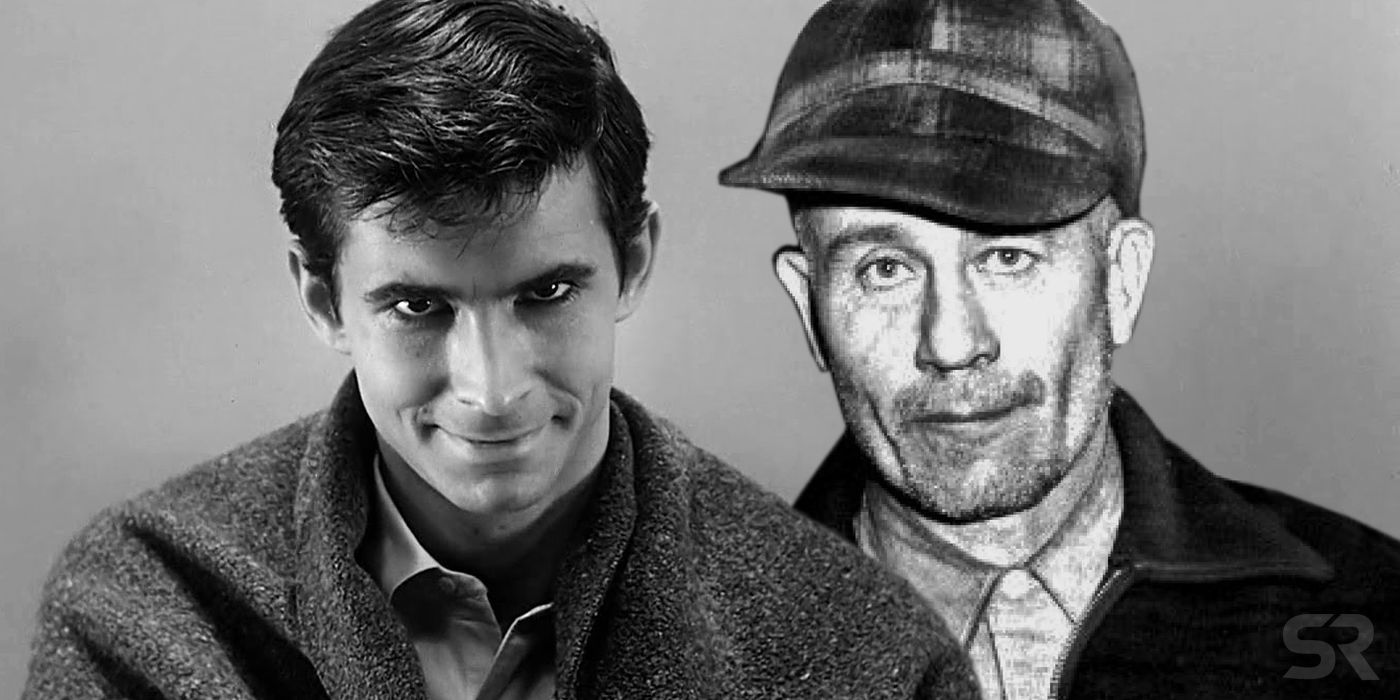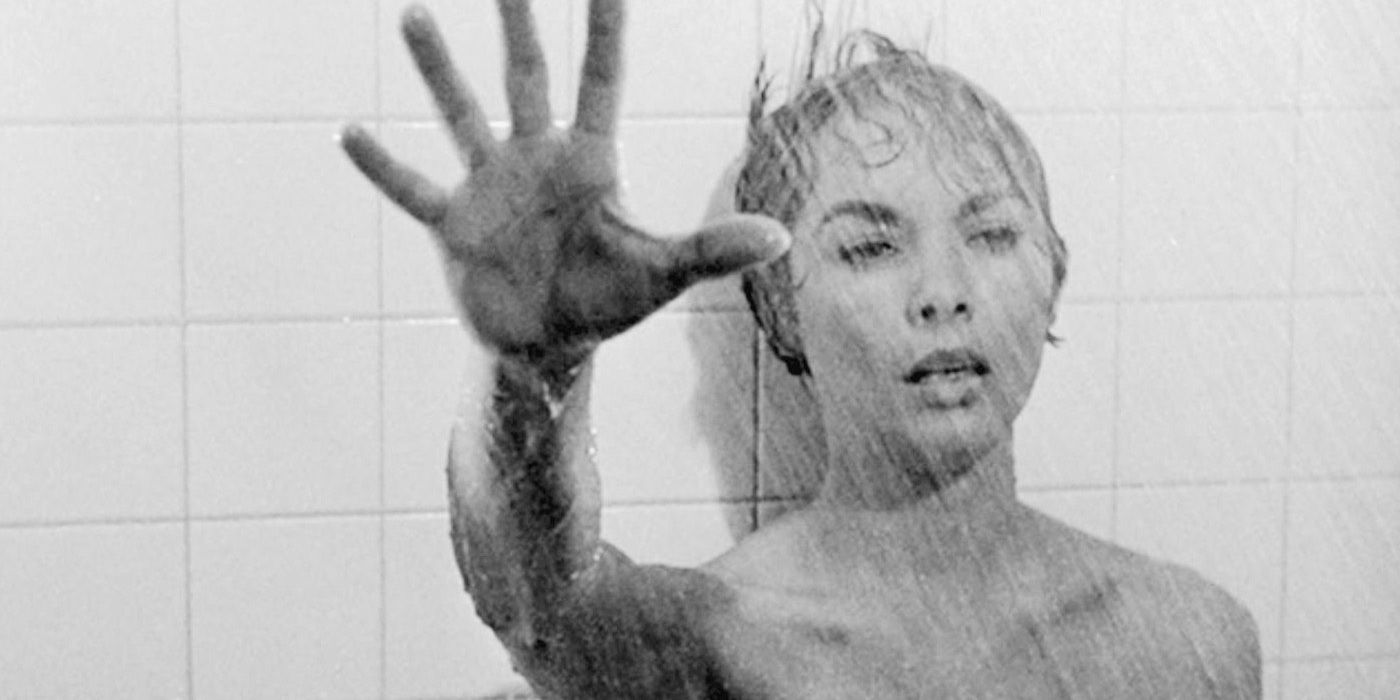Was the 1960 horror film, Psycho, based on a true story? The movie was notably directed by the legendary Alfred Hitchcock, garnering him an Academy Award nomination for his work. The film itself was based on the 1959 novel of the same name by author Robert Bloch.
Psycho has often been considered one of the first installments in the slasher genre. The movie followed Marion Crane (Janet Leigh), a secretary who encountered Norman Bates (Anthony Perkins) after staying at his family's motel. Marion was on the run to meet her boyfriend after stealing a large sum of money. While staying at the Bates Motel, Marion was stabbed to death while showering. Norman cleaned up the crime scene and later got rid of the evidence, as well as Marion's body. It was later revealed that Norman was the killer and he suffered from multiple personality disorder. He kept his dead mother's corpse and talked to her as if she was alive. Norman also impersonated his mother and claimed that she urged her son to kill women that he was attracted to.
The 1959 novel of which the film was based was loosely inspired by a true story that caught the attention of Bloch. The author accredited serial killer Ed Gein as the basis for Norman Bates. Gein lived less than fifty miles from Bloch's home in Wisconsin and the man shared similarities with Norman. Both Gein and Norman carried out their killings in rural areas. They also had oppressive mothers who they created shrines for, and they each wore women's clothes. Gein was eventually convicted of murdering two women and exhuming a number of bodies from graves. In 1968, Gein was found guilty but due to his mental state, he was put into a psychiatric institution.
The novel was passed to Hitchcock shortly after it hit publication. Hitchcock, then, bought the rights to develop the story into a film for under $10,000. He decided to film the adaptation in black-and-white as a way to hurry the project. It took a lot of negotiating, but after Hitchcock offered to personally finance the film, Paramount was fully on board.
Most of the screenplay was loyal to Bloch's novel in terms of the overall story. Norman's appearance received a makeover so that a younger actor like Perkins could portray the primary character. Some minor details were cut whereas some notions were expanded such as Marion's involvement. The film also trimmed some of the book's violence. For example, Marion was beheaded in the novel as opposed to her being stabbed in Hitchcock's reimagining.
Leigh's shower scene in Psycho is still known as one of the most iconic scenes in film history. The film wasn't perceived as an instant success but it went on to be labeled as one of the greatest films in history, and certainly one of Hitchcock's greatest projects. Pyscho's legacy continues to live on and the interest in the franchise has yet to slow down. Since the 1960 film, there have been three sequels, a remake, a TV movie, and a prequel TV series, Bates Motel, that was set in the modern-day. Bloch and Hitchcock truly revolutionized horror with their development of Norman Bates.


